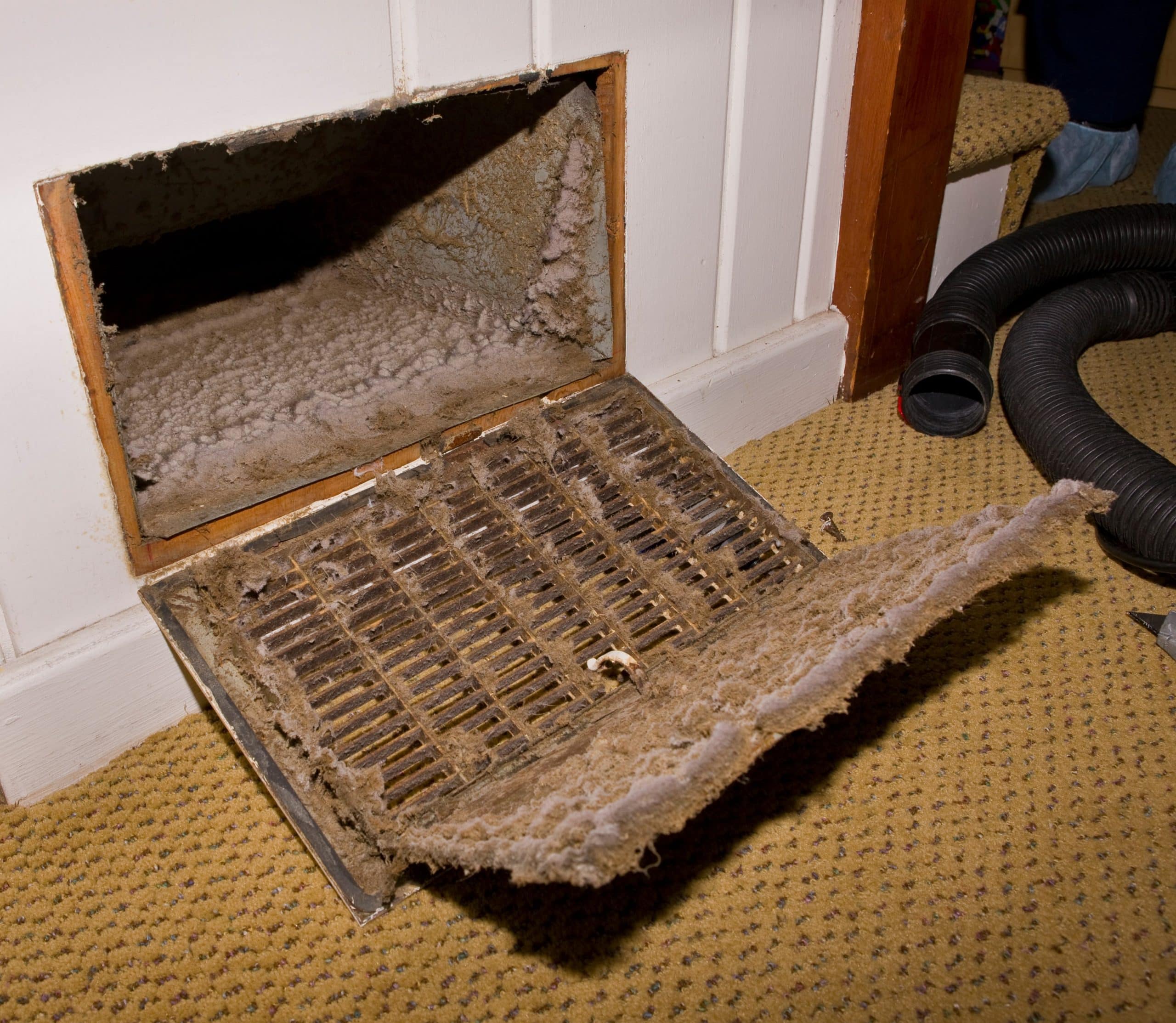How often you should clean your ducts is a debated topic. Many factors influence dust accumulation rates and the need for periodicity of professional duct cleaning. Here are the main considerations to determine appropriate duct cleaning frequency.
Particle accumulation within ducts happens gradually over time as a function of system usage and indoor particle levels. On average, dust builds up at a rate of 0.25 to 0.33 ounces per square foot per year in U.S. homes. However, this rate can vary significantly based on factors like:
- Occupant activities – Cooking, cleaning, and hobbies generate more particles that enter ducts.
- Filtration level – Higher MERV-rated air filters trap more particles before they enter ducts.
- Household size – More occupants result in more dust production.
- Indoor humidity – Higher humidity speeds up particle accumulation.
- Leaks and tears in ducts – Allow more particles to enter ductwork directly.
Beyond accumulation rates, the sensitivity of occupants also influences recommended cleaning frequency. People with allergies or asthma often benefit from more frequent cleaning to minimize triggers. Meanwhile, healthy individuals may tolerate more dust buildup before needing duct cleaning.
Generally, most experts recommend professional air duct cleaning every 1 to 5 years for the average home, depending mainly on the above factors. Meanwhile, DIY maintenance like filter changes and register cleaning should be performed more often.
In summary, dust accumulation within air ducts is an unavoidable part of heating and cooling system usage. But by considering particle accumulation rates, system characteristics, and occupant needs, homeowners can determine appropriate periodicity for professional duct cleaning that maximizes efficiency, indoor air quality and comfort.

